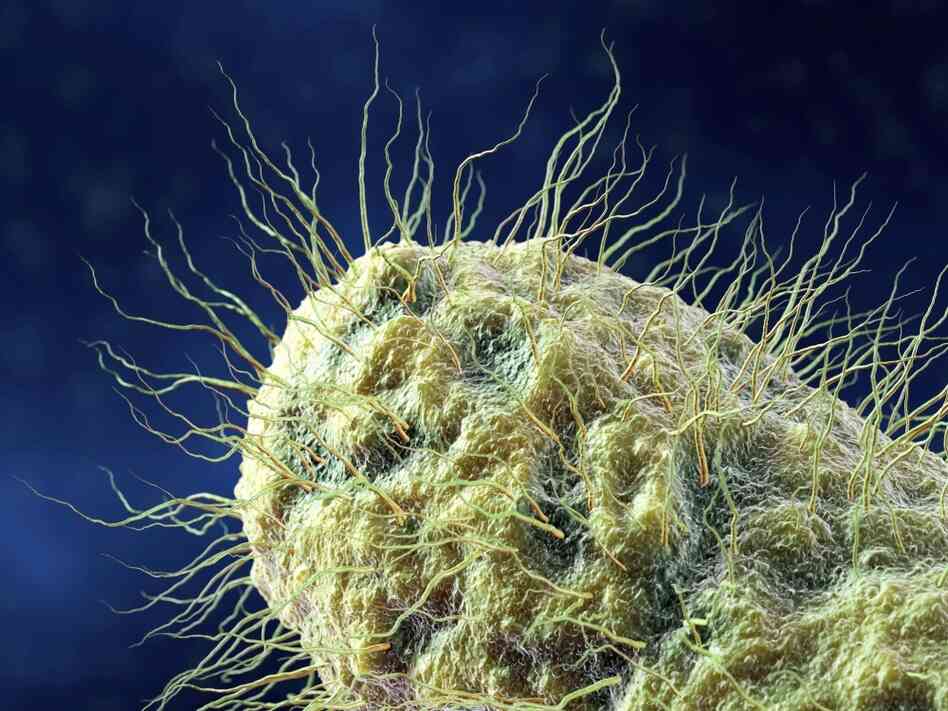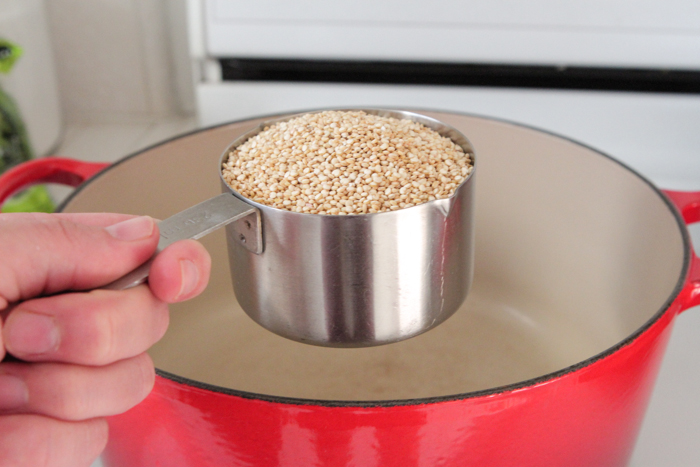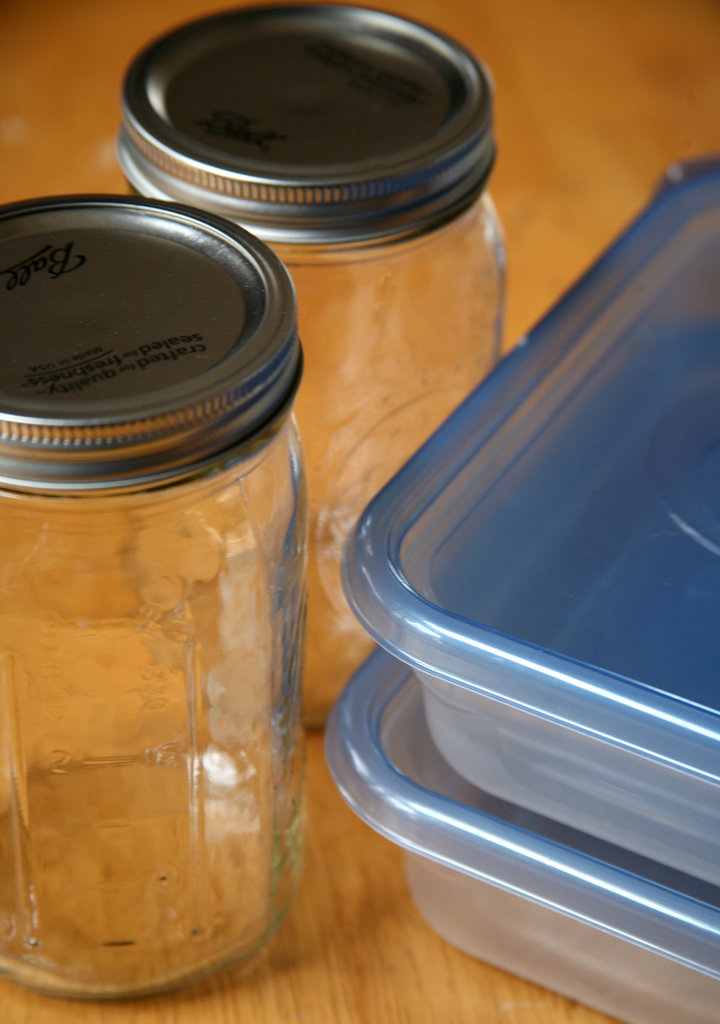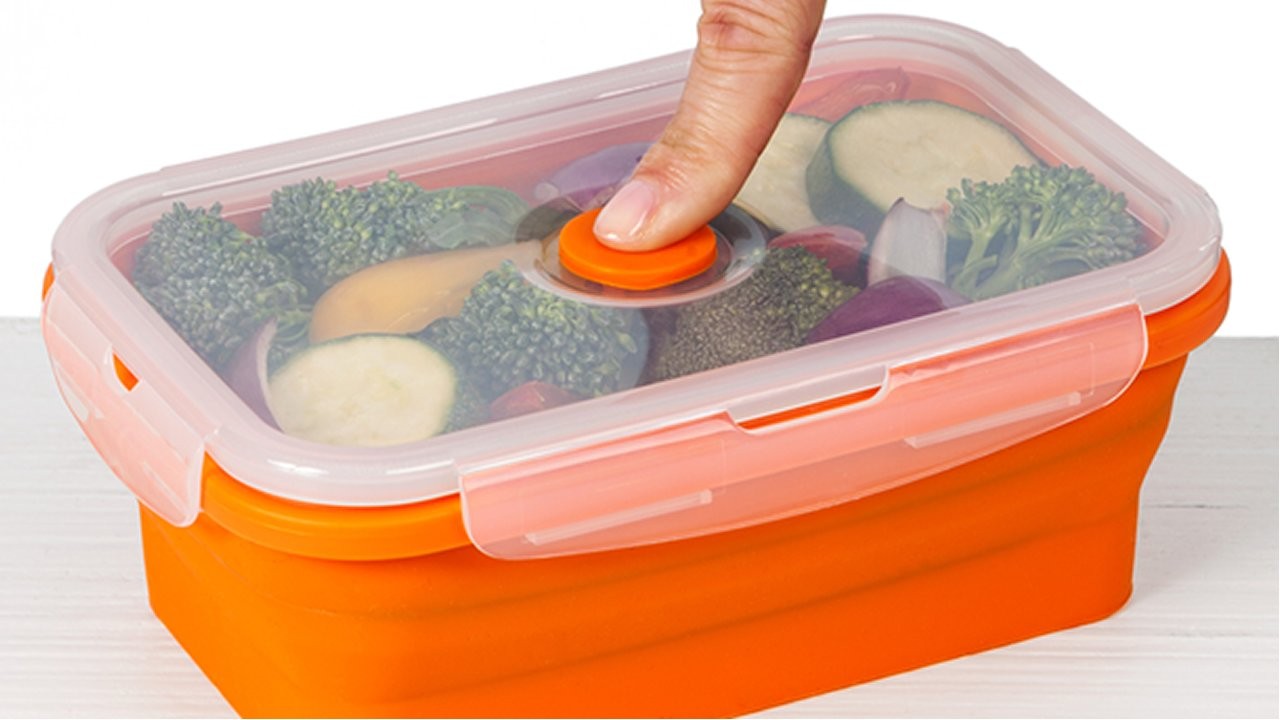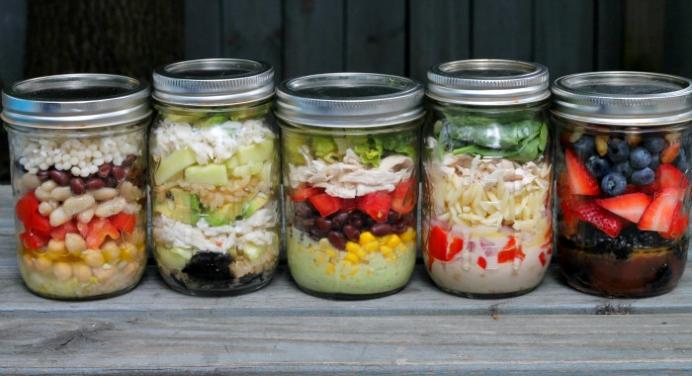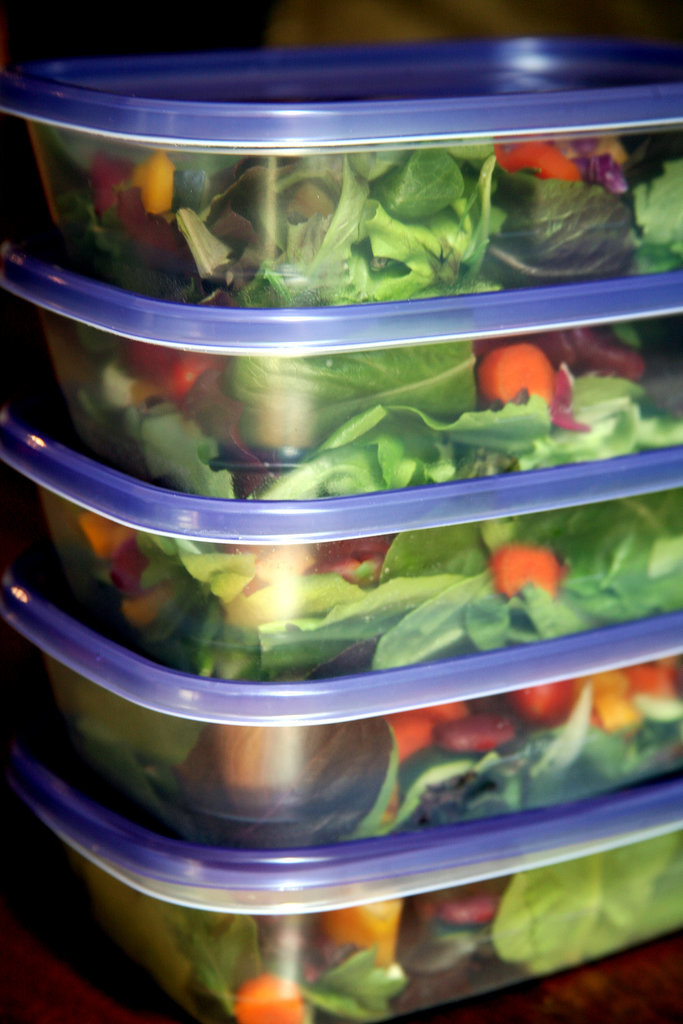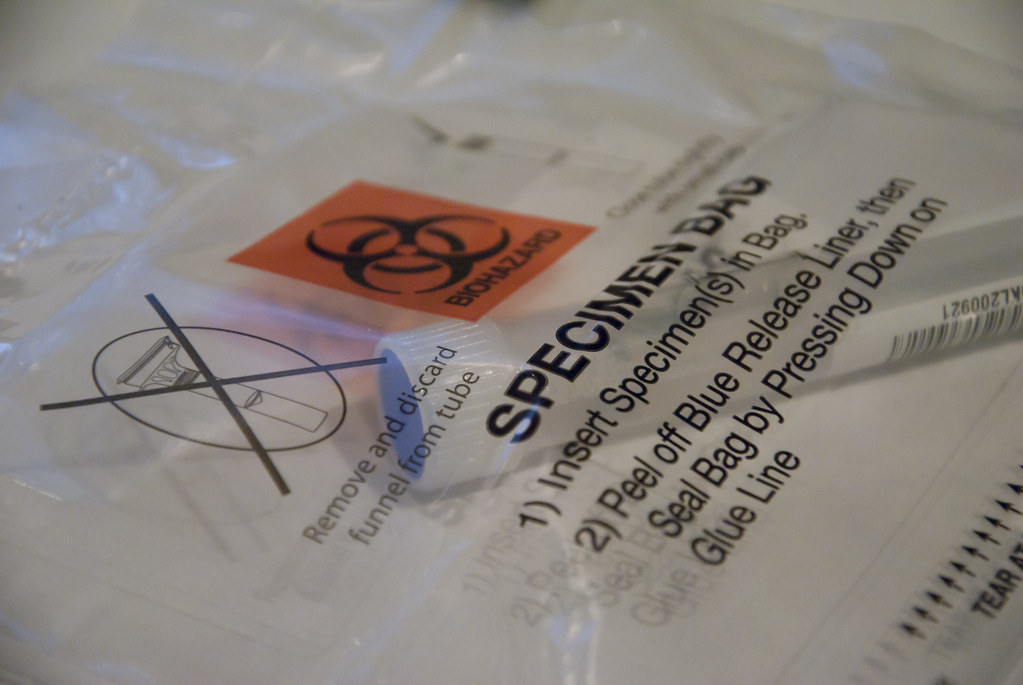
When scientists began cloning animals, there was a plethora of questions about the ethics of cloning humans. The main issue surrounding the cloning of humans was the number of embryos that were destroyed or died early in the process. To many conservative Christians, including myself, we believe that life begins at conception (fertilization), so an embryo is a human life. Destroying an embryo for any reason is murder, which is why most Christians are against abortion and contraceptives that kill a fertilized egg like the day-after pill.
I recall several discussions between individuals on both sides of the issue and it all boiled down to whether cloning humans was smart medicine or playing God.
That question is being asked again and about a new announcement, but the situation is different, no embryos should be destroyed.
The new issue involves editing defective DNA in a human embryo.
There are thousands of mutations that have accumulated in our DNA over our many years of existence. Most of these mutations make little to no difference, perhaps only changing the shape of an ear lobe, color of your eyes, hair color and texture, things like this. Some can be quite serious.
One source says there are around 6,000 known genetic disorders. Most of these are hereditary, meaning they have passed on from parents to children, and some are non-hereditary, meaning they are not passed on from one generation to the next, but occur during embryonic development.
My oldest daughter has a non-hereditary genetic disorder known as McCune Albright Syndrome. It’s a rare genetic mutation that occurs during the early stages of embryonic development, but no one knows what causes it nor is there any cure. As for being rare, it only occurs in 1 of every 500,000 to 1,000,000 people. Figuring the entire US population is around 325,500,000, that means there are only about 326 to 651 cases of McCune Albright Syndrome in the entire country.
As for hereditary gene mutation disorders, some of the more well-known include: breast cancer; autism; Chrohn’s Disease; colon cancer; cystic fibrosis; Down syndrome; Gaucher Disease, hemophilia, Marfan syndrome (many believe Abraham Lincoln may have had Marfan syndrome); progeria; prostate cancer; sickle cell disease, Tay-Sachs; skin cancer and more.
The ethics question being asked now in the medical world is if there is a technology available that could identify a genetic disorder in the earliest stages of embryo development and then have the technology to edit out that mutation and replace it with a normal piece of DNA, is it ethical to do so or is that playing God?
The technology is there as displayed by Shoukhrat Mitalipov and fellow researchers at the Oregon Health and Science University. According to the report, they used the gene editing tool CRISPR-Cas9 to edit and repair disease causing DNA error in a number of human embryos in the early stages of development.
The mutation they fixed is found on a gene known as MYMPC3. It causes hypertrophic cardiomyopathy, a deadly heart condition.
Mitalipov told the media:
“With this particular mutation, we’ve already done the groundwork, so we’re probably much closer to clinical applications. Clinical trials would mean actually implanting some of these embryos with the goal of establishing pregnancy and monitoring births of children and hopefully following up with children.”
Using this technology, if approved, could totally eradicate an inherited gene mutation disease from a family’s lineage. Imagine a family that has been plagued with breast cancer – like that of actress Angelina Jolie who opted to have both now healthy breasts removed because she carried the defective gene – knowing they are no longer passing this defective gene down to their offspring. Or many black families who suffer the painful effects of sickle cell anemia. Imagine knowing that this genetic disorder could be fixed and no longer passed down to future generations.
It sounds like really smart medicine that could save billions of dollars in medical costs, but the technology does require working on the DNA of a human embryo. If anything goes wrong, it’s possible the human embryo could die. If it goes right, no more of that genetic disorder. Smart medicine or playing God? Sounds like an easy answer, but is it?




